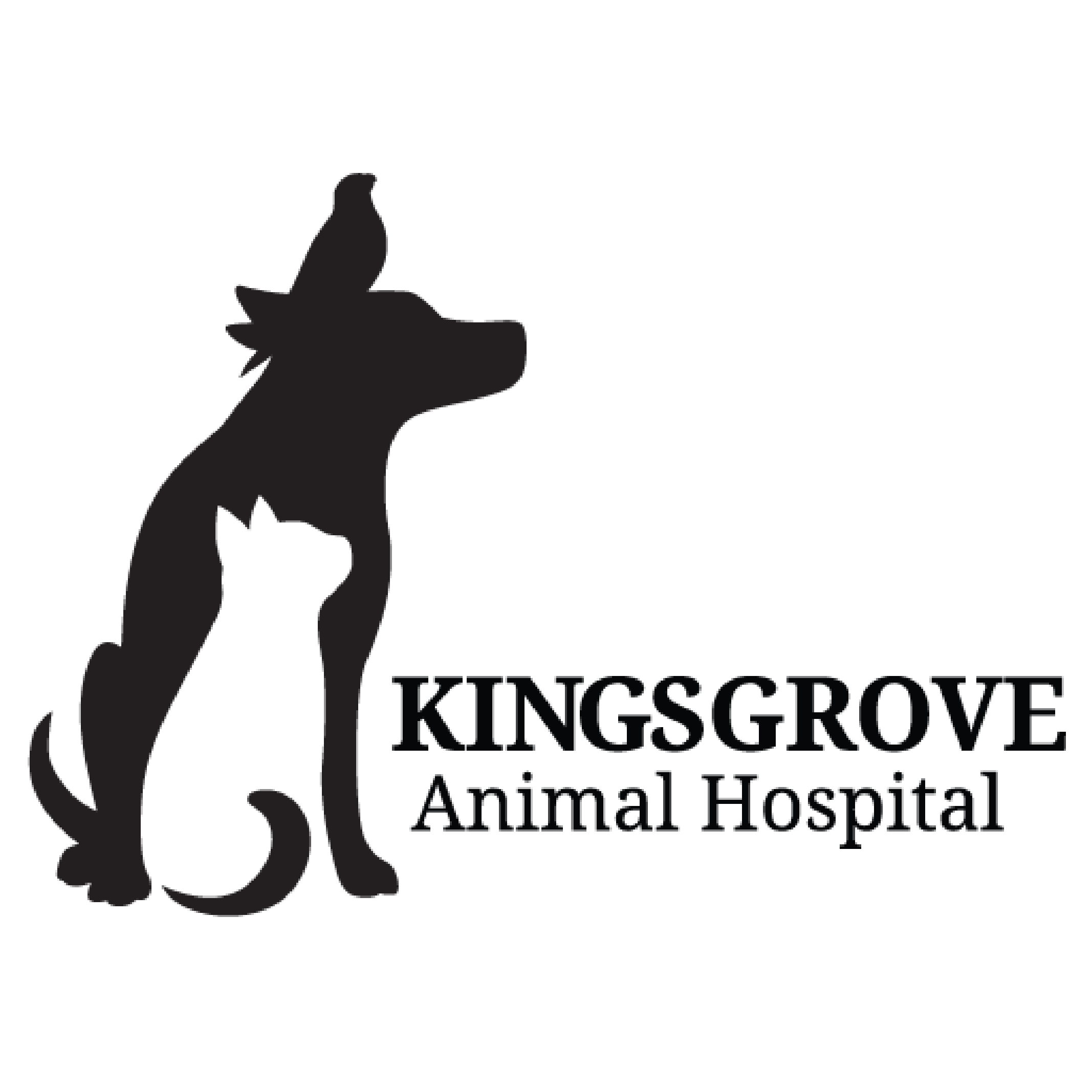Cruciate Ligament Injury and Disease.
Cruciate ligament injuries are one of the most common joint diseases in dogs. This is often referred to as a Cranial Cruciate Ligament (CCL) injury. The damage can be progressive over time or happen quickly if your dog runs, turns quickly or jumps. If you notice a sudden change in your dog’s back legs please book an appointment for assessment by one of our vets.





